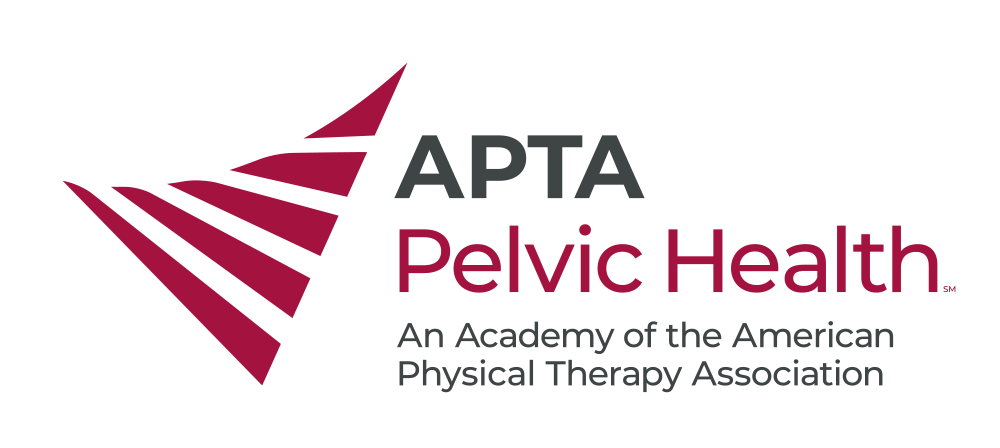Please join us in congratulating the following Academy members, Kayla Koren and Telisha Quezada, on being elected by the APTA Pelvic Health student membership to their Student SIG Director position! Continue Reading
News
Latest articles, statements, blog posts, and more
Welcome to your digital hub for the latest announcements, industry news, Clinical Practice Guidelines (CPGs), position statements, advocacy call-to-actions, member spotlights, blog series, and more! Search by topic or use the drop-down to navigate our digital library.
I am passionate about the field of pelvic health physical therapy because I want to empower women affected by intimate partner violence (IPV), which includes physical assault, sexual assault, and emotional abuse. Continue Reading
Reducing Chronicity through Early Education, Rehabilitation and Intervention. The American College of Obstetricians and Gynecologists indicates that because of prevalence rates reported at 50% and above of dysmenorrhea in adolescents and its effect on daily function, healthcare providers who work in Continue Reading
Since pain crosses all specialty areas, your help is crucial to make sure we identify key aspects of pain management practice across the different specialties. Our goal is to create a comprehensive, representative Description of Pain Management Specialty Practice as we move toward ABPTS specialty.. Continue Reading
Going into my first childbirth, I naively thought that because I was a physical therapist and had some pelvic health knowledge that I would innately know how to navigate through labor and postpartum recovery. Continue Reading
Little did I know that a “couple hours a week” job would become such a big part of my life and fuel many of my passions today. As I pursued my bachelors in exercise science and now my doctorate of physical therapy at Youngstown State University... Continue Reading
My name is Joy Hyunjeong Jang, a member of the Academy of Pelvic Health Physical Therapy, and I am thrilled to share with you the incredible journey of hosting pelvic health physical therapy courses in South Korea. Continue Reading
Sexual abuse often results in chronic physical and mental health concerns for victims, which some studies have linked to a higher likelihood of chronic pelvic pain, irritable bowel syndrome and other pelvic floor disorders. Continue Reading
Last week’s United States Supreme Court decision to overturn Roe v. Wade and eliminate federal protection for abortion is a major shift in health care... our profession is part of the health care system, and we are providers of prenatal and postpartum care. Continue Reading
Dr. Donnelly and associates continue with Part B, exploring the influence of prenatal exercise guidance and advice regarding running habits... Continue Reading
Postpartum exercise guidelines are changing–Why Some OBGYNs recommend waiting 12 weeks after birth Continue Reading
Ask Your Representative to Cosponsor H.R. 8181 and Raise Awareness of the Importance of Postpartum Care Continue Reading
